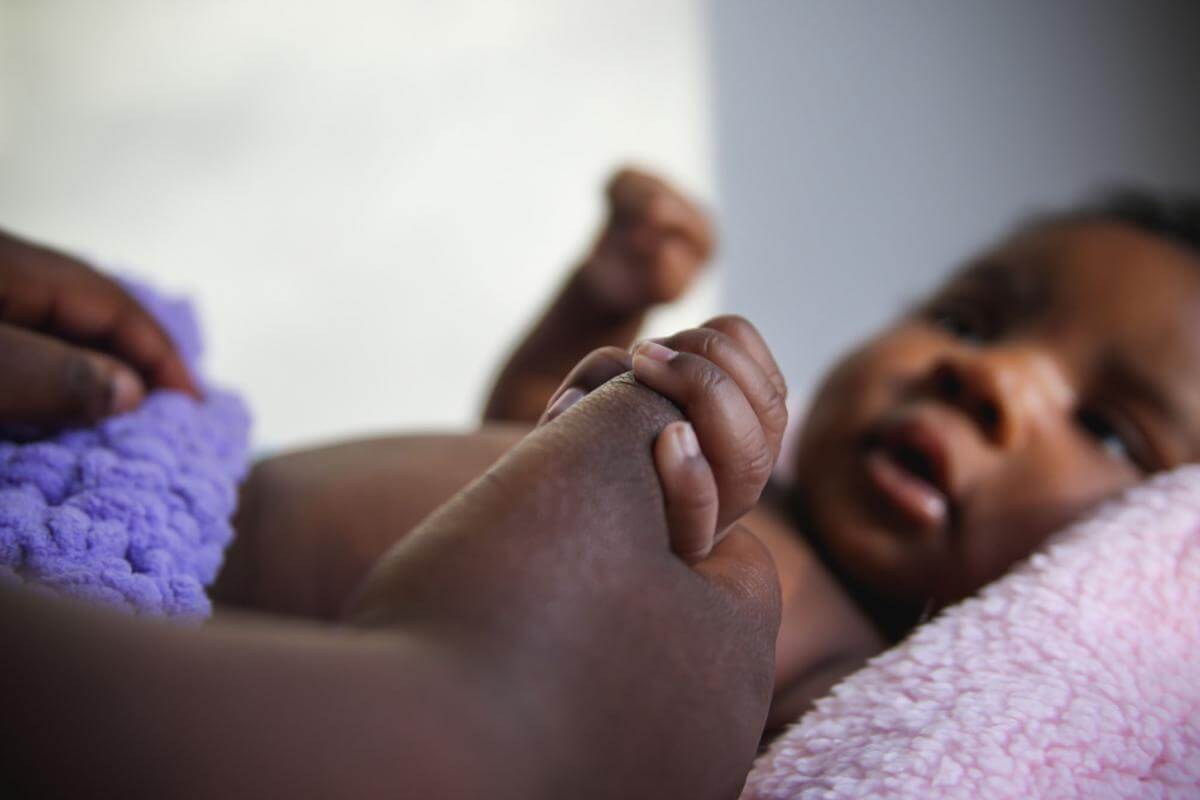
Incredible facts about babies, breastmilk, and breastfeeding
Like pregnancy and childbirth, it can help to learn about breastfeeding before becoming a new mom. Test your breastfeeding knowledge by reading these facts to see how amazing women's bodies truly are.
Breastfed babies typically get sick less.
Breastfeeding lowers the risk of ear infections, diarrhea, and stomach problems.
Children who are breastfed have a lower rate of certain illnesses as they grow up.
Babies who are not breastfed have a higher risk of asthma, diabetes, and childhood obesity. Since African-Americans are at an increased risk for these health problems, it's important to recognize the lifelong benefits of breastfeeding for your child.
Your baby can smell you.
Newborns have a strong sense of smell and know the unique scent of your breastmilk. That is why your baby will turn his or her head to you when he or she is hungry.
Your baby can see you up close and personal.
Babies are born extremely nearsighted, which means they can only see things about eight to 15 inches away. That also happens to be the distance between your face and your baby's face when breastfeeding. So when your baby locks eyes with you, it’s a true bonding moment.
Breastfeeding allows your body to recover from pregnancy and childbirth more quickly.
The hormones released when you breastfeed help your uterus shrink back to its pre-pregnancy size.
Breastfeeding exposes your baby to many different tastes.
Formula has only one taste. But through your breastmilk, your baby eventually gets a slight taste of whatever you eat, although not directly. This may make introducing solid foods easier when your baby is 6 months old.
Breastfeeding benefits you as well as your baby.
Breastfeeding helps lower the risk of breast cancer and ovarian cancer in moms. Breastfeeding may also help you to lose weight. Mothers who exclusively breastfeed can burn as many as 600 calories a day, which may help you get back to your pre-pregnancy weight.
Your body starts getting ready to breastfeed during pregnancy.
After you give birth, your body gets the final signal to make milk, which is usually more than one newborn can handle. Why? Your body doesn’t know whether you have one, two, three, four, or more babies to feed. Your supply then regulates to meet your baby’s (or babies’) needs.
Before your milk comes in, in the first few days after birth, your breasts make a thick, sticky, yellowish fluid sometimes referred to as “liquid gold.”
Called colostrum, this liquid has the calcium, potassium, proteins, minerals, and antibodies your baby needs. Your baby needs only a few teaspoons to feel full and stay healthy until your milk flow increases, about two to five days after birth.
Your breastmilk changes during a feeding session.
When your baby first starts to nurse, your milk is a watery bluish color. Toward the end of the feeding session, your baby gets to thicker, fattier milk, which gives your baby the calories needed to grow healthy and strong.
Breastmilk heals.
Breastmilk is filled with special components that help fight infection and cut down on swelling in the breast. So if your breasts are sore those first few days, gently massaging some of your milk into your nipples and breasts can soothe the soreness and speed up recovery.


